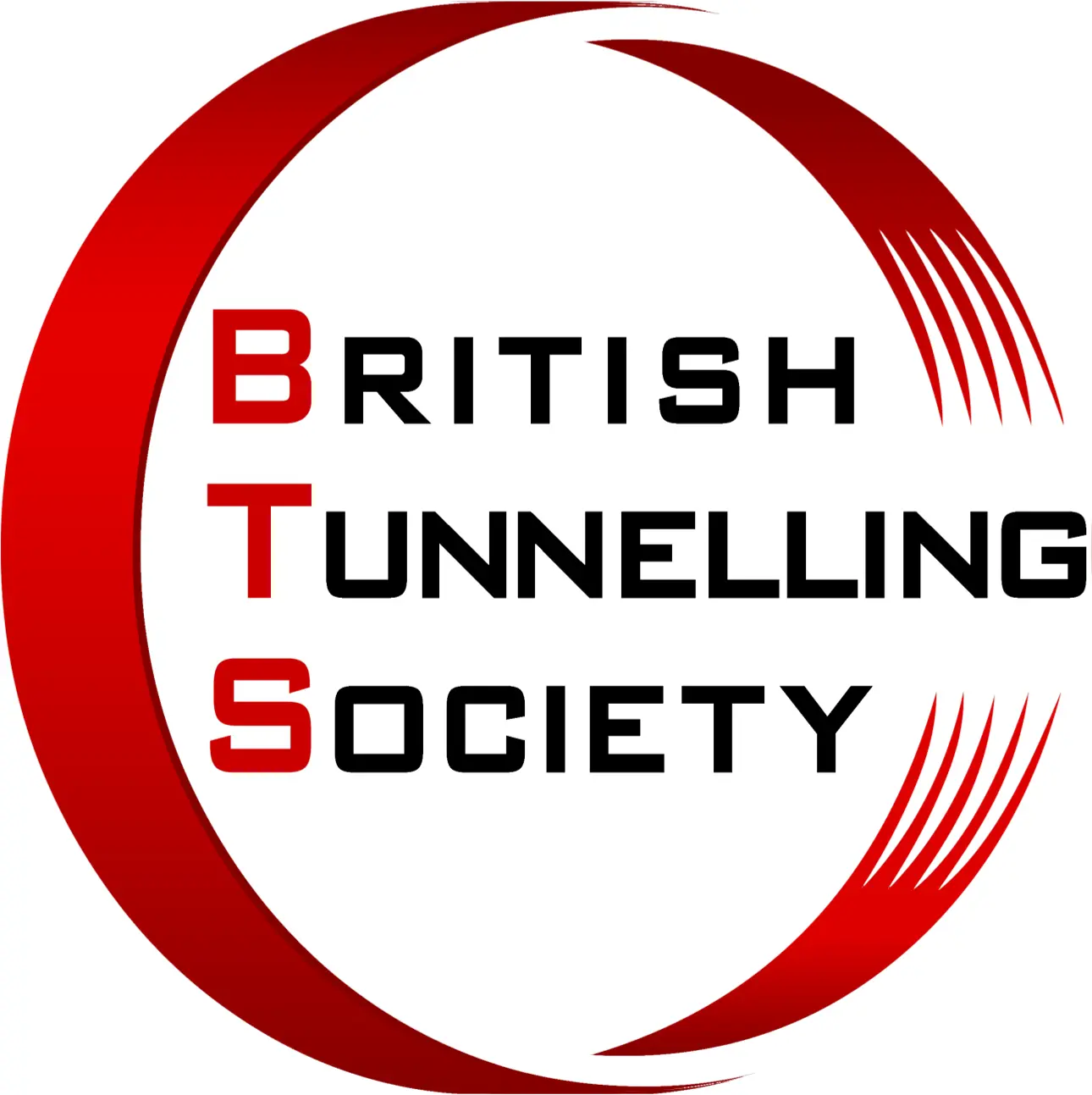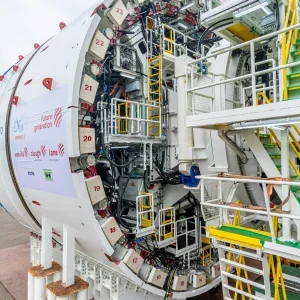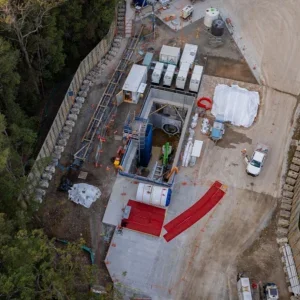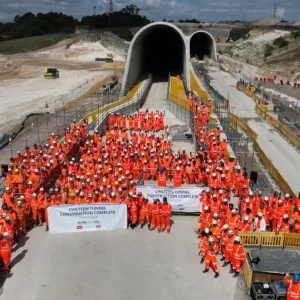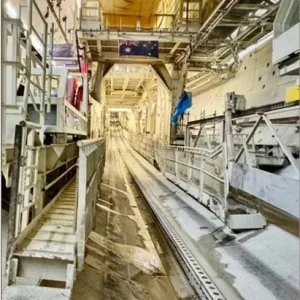
The Tunnelling Association of Canada (TAC) has urged the Ontario government to be transparent and prudent in its assessment of a proposed tunnel on Highway 401.
In April, the province’s government issued a Request for Proposals for a tunnel feasibility and congestion relief study for the proposed project. The plans could include a 50km tunnel stretching in Greater Toronto from Mississauga to Scarborough.
In a statement, TAC and the Ontario Society of Professional Engineers (OSPE) said the proposed tunnel represented “a transformative yet complex undertaking with wider-reaching implications”.
“As organisations that represent engineering expertise and tunnelling professionals across Ontario and Canada, we strongly support infrastructure development that is evidence-based, fiscally responsible, and environmentally sound. The success of any large-scale project, particularly one of this scale, depends on transparent analysis, prudent risk assessment, and meaningful engagement with experts and the public,” the two organisations said.
They urged the Ontario government to ensure the feasibility study met seven key points:
- It was led by a Canadian team of experienced engineering professionals and organisations with international expertise, including specialists in geotechnical, structural, mechanical, transportation, and environmental engineering, particularly in the design and delivery of large-diameter tunnels in urban environments.
- Considered construction logistics, related to geotechnical investigation, construction working sites, disruption to traffic flow during construction for material flow and discharge of the excavated tunnel spoil.
- It provided a comprehensive, publicly available assessment of geological, hydrological, and environmental conditions, with scenario comparisons including elevated highways, HOV lanes, Intelligent Transportation Systems, and rail alternatives.
- Included a full cost-benefit analysis, with transparent accounting of capital, operational and life cycle costs, as well as potential impacts on carbon emissions and transport mode shifts.
- It evaluated public safety, emergency preparedness, and long-term maintenance, given the risks associated with tunnelling beneath an active and busy highway, and the additional hazards and challenges presented by an emergency in a tunnel.
- It considered climate resilience and equity, ensuring that the design addresses flood risks, air quality, and access across communities.
- Engaged all stakeholders, including engineers, municipalities, planners, indigenous communities, and residents, to ensure that any proposed solution reflected the needs and priorities of all Ontarians.
The two organisations commended the government’s willingness to explore bold solutions, but emphasised that alternatives such as evaluating alternative underground alignments, expanding rail corridors, integrating regional transit networks, and revisiting underused infrastructure may offer cost-effective, lower-risk options that align with long-term transport and sustainability goals.

